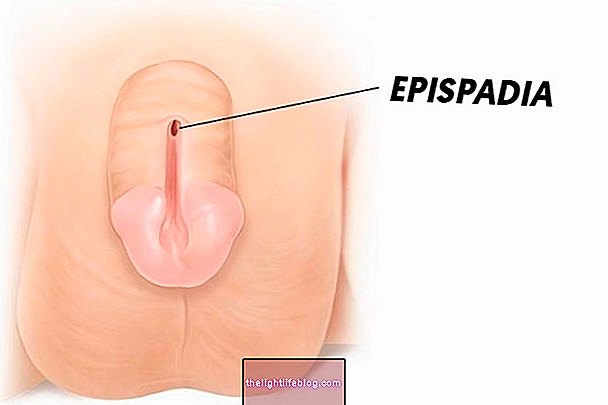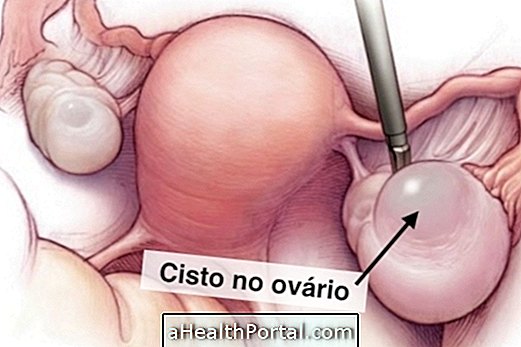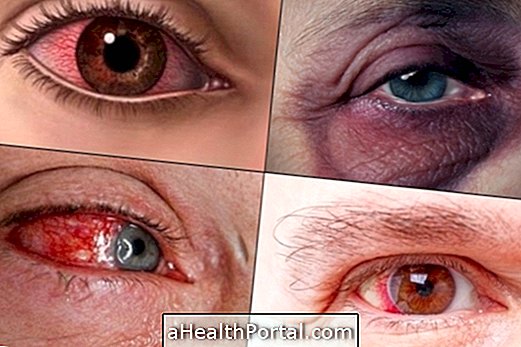Holt-Oram Syndrome is a rare genetic disease that causes deformities in the upper limbs, such as hands and shoulders, and heart problems such as arrhythmias or minor malformations.
This is a disease that often can only be diagnosed after the child's birth and although there is no cure, there are treatments and surgeries that aim to improve the child's quality of life.

Features of Holt-Oram Syndrome
Holt-Oram Syndrome can cause several malformations and problems that can include:
- Deformities in the upper limbs, which arise mainly in the hands or in the shoulder region;
- Heart problems and malformations that include cardiac arrhythmia and atrial septal defect, which occurs when there is a small hole between the two chambers of the heart;
- Pulmonary hypertension, which is the increase in blood pressure inside the lung causing symptoms such as tiredness and shortness of breath.
The hands are usually the limbs most affected by malformations, with the absence of thumbs being common.
Holt-Oram syndrome is caused by a genetic mutation, which occurs between 4 and 5 weeks of gestation, when the lower limbs are not yet properly formed.
Diagnosis of Holt-Oram Syndrome
This syndrome is usually diagnosed after delivery, when there are malformations in the child's limbs and malformations and changes in the functioning of the heart.
To perform the diagnosis, it may be necessary to perform some tests such as radiographs and electrocardiograms. In addition, by carrying out a specific genetic test carried out in the laboratory, it is possible to identify the mutation that is causing the disease.
Treatment of Holt-Oram Syndrome
There is no treatment to cure this syndrome, but some treatments such as Physiotherapy to correct posture, strengthen muscles and protect the spine help the child's development. In addition, when there are other problems such as malformations and changes in the functioning of the heart, surgery may be necessary. Children with these problems should be regularly monitored by a cardiologist.
Babies with this genetic problem should be monitored from birth and follow-up should extend throughout their lives, so that their health status can be regularly assessed.
Was this information helpful?
Yes No
Your opinion is important! Write here how we can improve our text:
Any questions? Click here to be answered.
Email in which you want to receive a reply:
Check the confirmation email we sent you.
Your name:
Reason for visit:
--- Choose your reason --- DiseaseLive betterHelp another personGain knowledge
Are you a health professional?
NoMedicalPharmaceuticalsNurseNutritionistBiomedicalPhysiotherapistBeauticianOther























